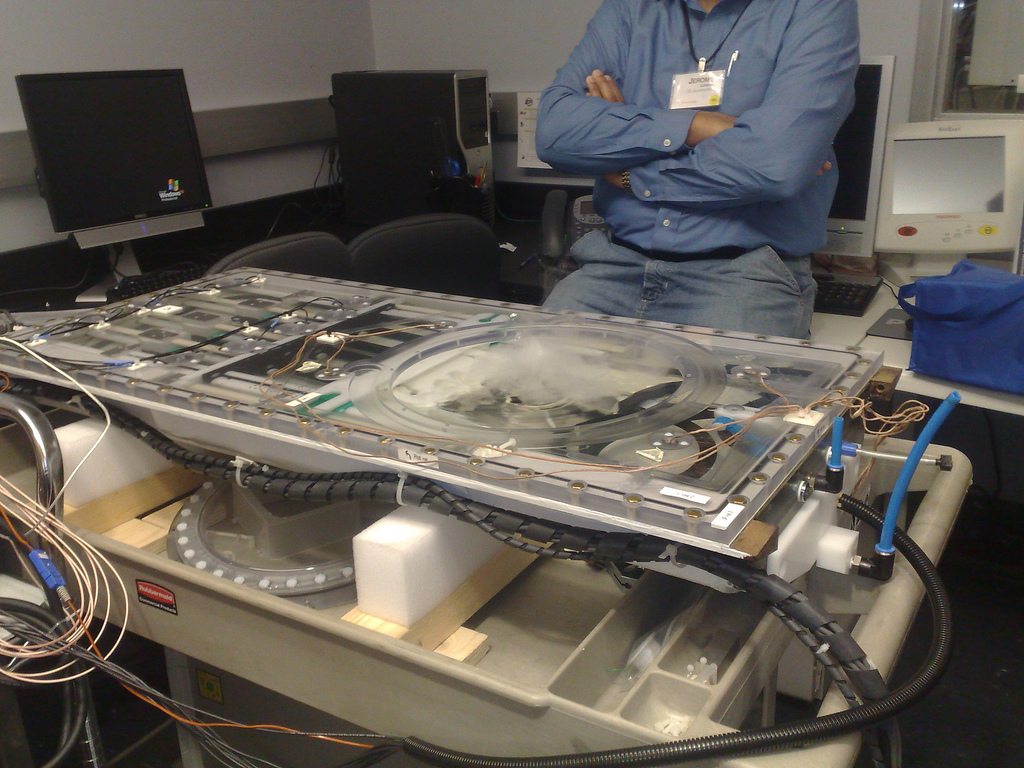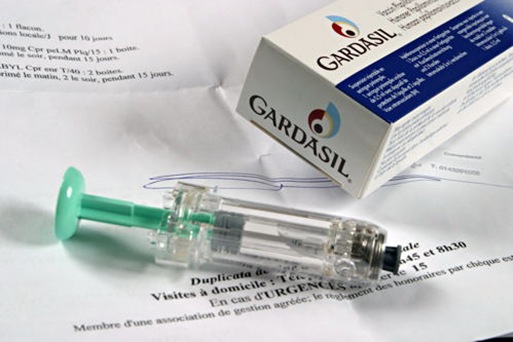
HIFU is a non-invasive, targeted treatment that makes use of sound waves to eradicate cancer cells. HIFU uses an ultrasonic transducer to convert electrical signals into sound waves, then concentrates ultrasound into a small focal region to raise the temperature to more than 65 decrees Celsius, thereby killing cancer cells in the process without inducing damage to surrounding tissues. The technique works in the same manner as focusing sunlight through a lens, which helps eliminate the disease-causing cells.
HIFU can be used as an alternative to traditional cancer treatments such as chemotherapy and surgery.
Sound waves prove to be viable cancer treatment in various studies
High-intensity focused ultrasound therapy proved to be a highly-effective cancer treatment in various studies and clinical trials.
For instance, researchers at the University College Hospital in London examined 625 men with prostate cancer and found that 93 percent of patients who underwent HIFU alone remained cancer-free at five years following the treatment, without requiring surgery or radiotherapy. Data also showed that only one to two percent of patients who had HIFU treatment suffered long-term urinary incontinence, compared with 10 to 20 percent of patients who had surgery. In addition, only 15 percent of patients in the HIFU group developed erectile dysfunction compared with 30 to 60 percent of surgical patients.
"The results of this study are impressive and have the potential to transform prostate cancer treatment for many men in the future. It is extremely exciting technology and these results show that in men diagnosed early by prostate-specific antigen (PSA) blood testing, this targeted therapy could be as effective as surgery to remove the whole prostate gland or radiotherapy and cause far fewer side effects," said study co-author Tim Dudderidge.
The findings were presented at an annual meeting of the European Association of Urology in Munich, Germany.
A British clinical trial funded by the Medical Research Council has also found that 95 percent of patients who underwent HIFU therapy for prostate cancer remained cancer-free at 12 months after the treatment. The researchers also found that none of the respondents suffered urinary incontinence during the follow-up period.
Another sound wave innovation to watch out for
Researchers at the University of Alberta in Canada have developed a new technique that uses focused sound waves to activate minute particles known as nanodroplets. According to the researchers, the new technique was as accurate as using needles in biopsy.
"With a little bit of ultrasound energy, nanodroplets phase-change into microbubbles. That's important because ultrasound can really oscillate these microbubbles. The microbubbles absorb of the ultrasound energy and then act like boxing gloves to punch the tumor cells and knock little vesicles off. That led us to detect some genes that were indicative of the aggressiveness of the tumour. That's potentially very powerful. You can get a genetic characterization of the tumour, but do it relatively non-invasively," said engineering professor Roger Zemp.
The findings were published in the journal Cancer Research.
Find more news on medical discoveries at Discoveries.news.
Sources:
Please contact us for more information.























